|
Article from the blog of Krista Moser. To see her original post, Click Here Have you ever wanted to try facing a quilt instead of binding it? This works well for artsy style quilts that are going to be on display. There are a few good methods for doing facing instead of binding, and I thought I would show you my favorite method... the mitered way! CLICK ANY PHOTO TO SEE A LARGER IMAGE
0 Comments
This block looks more complicated than it is. Thanks to clever assembly and cutting, you can make these beautiful blocks quickly and easily. Please click on any photo to see a larger image. This article is from a blog post at ConnieKresin.com. She has many other helpful tutorials. If you would like to see her post for this technique on her blog, Click Here
|
Virtual QuiltersWe welcome quilters from any area to join our free virtual quilt group. If you have questions, contact [email protected] Archives
July 2024
|
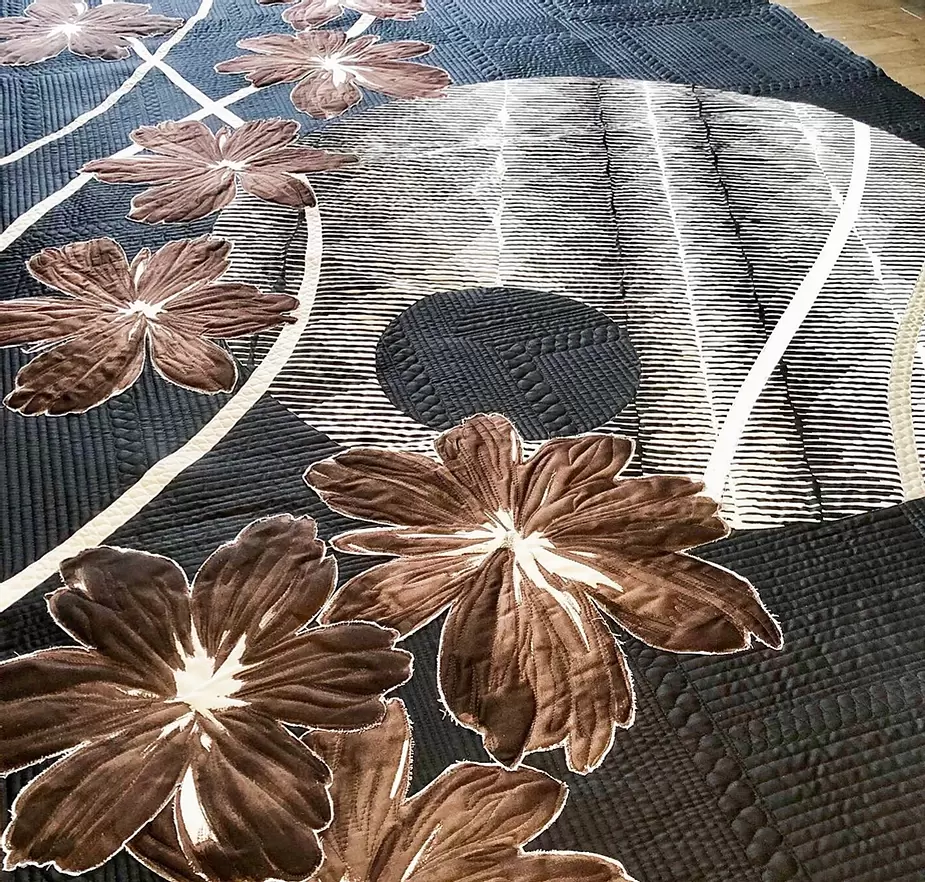

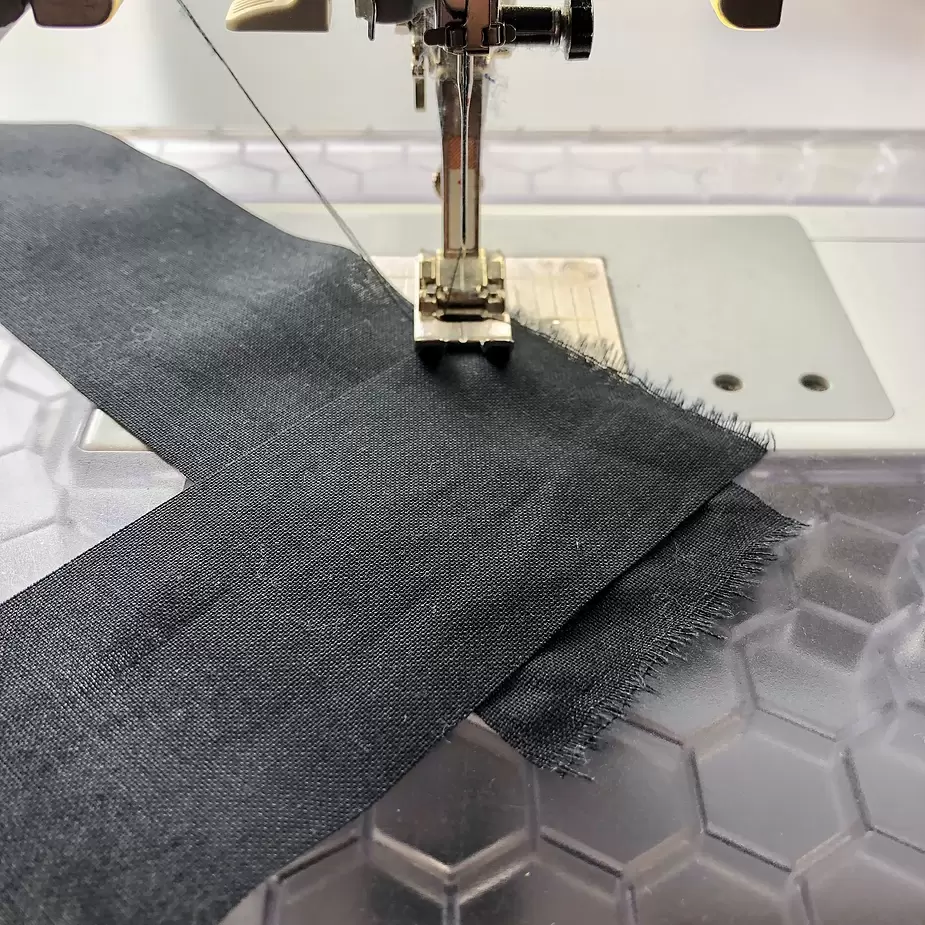
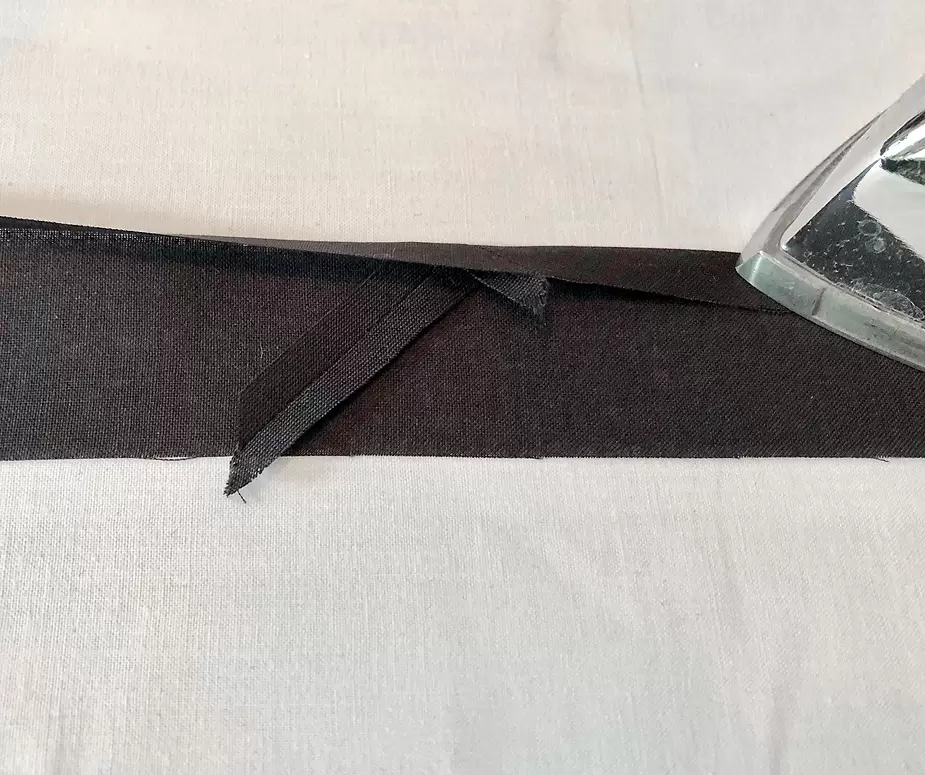
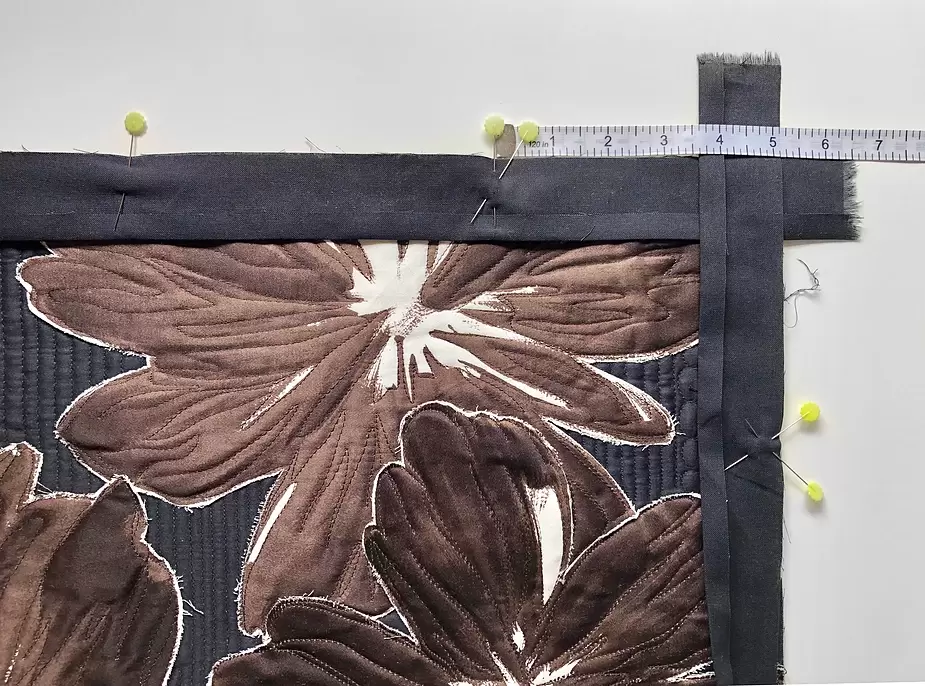
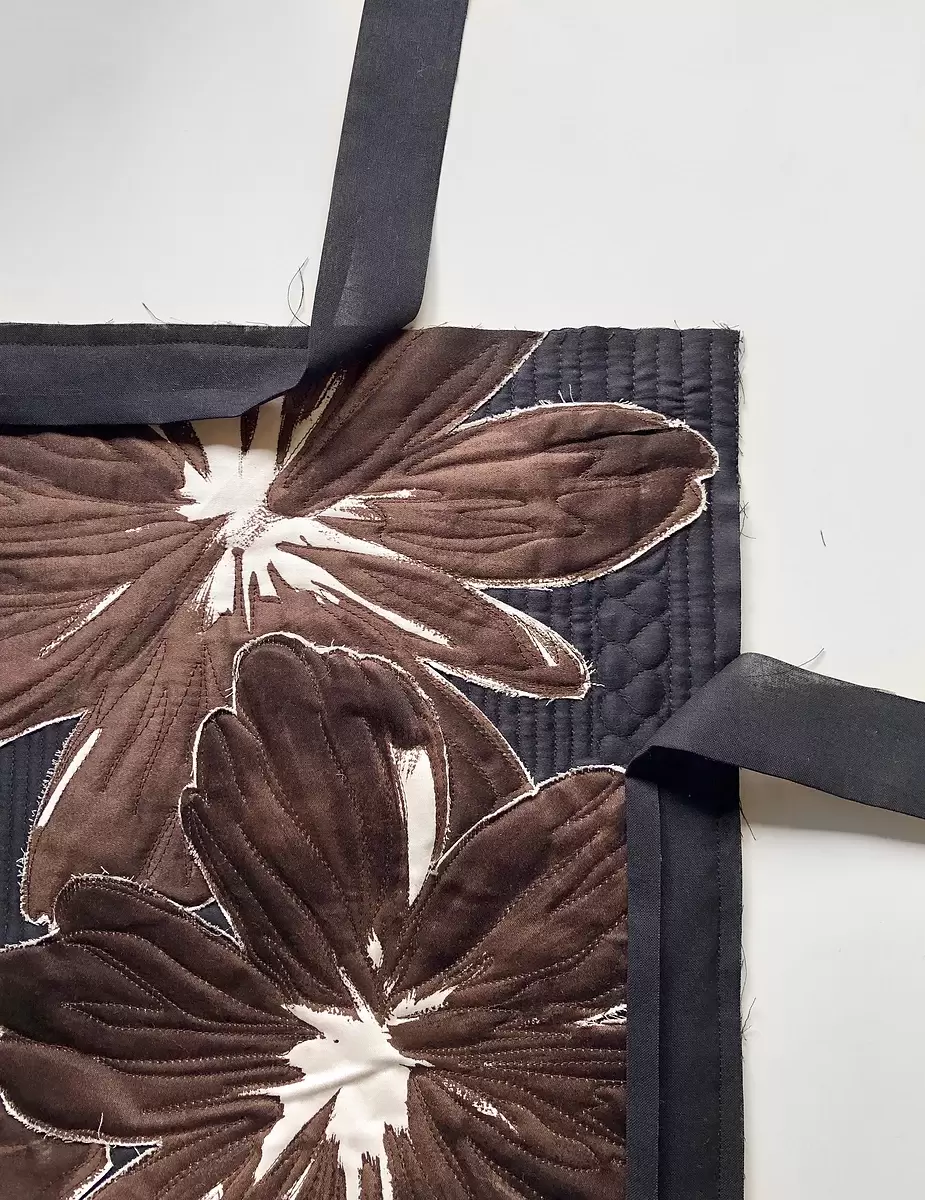
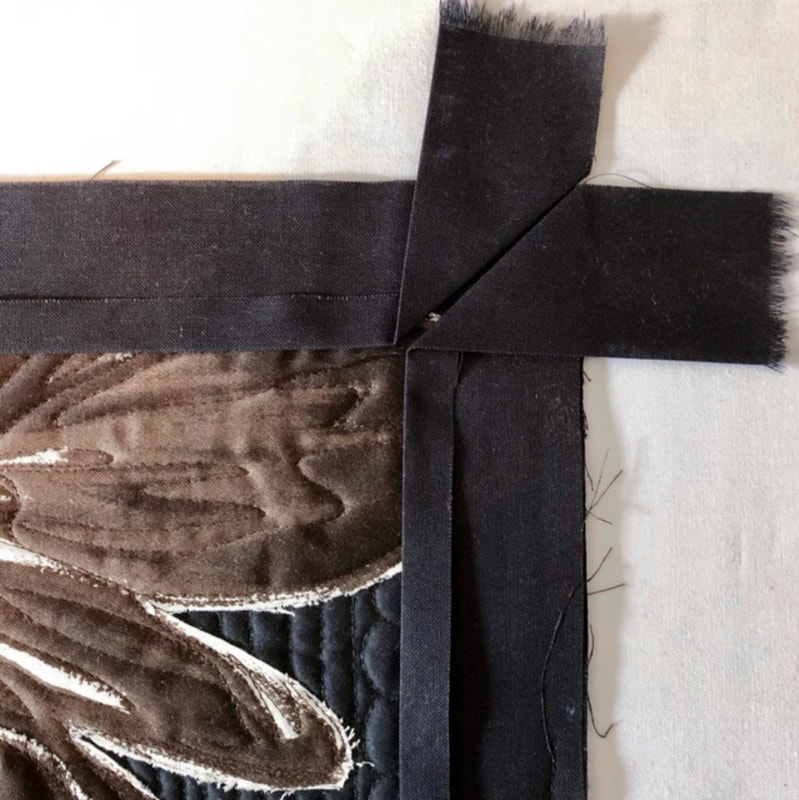

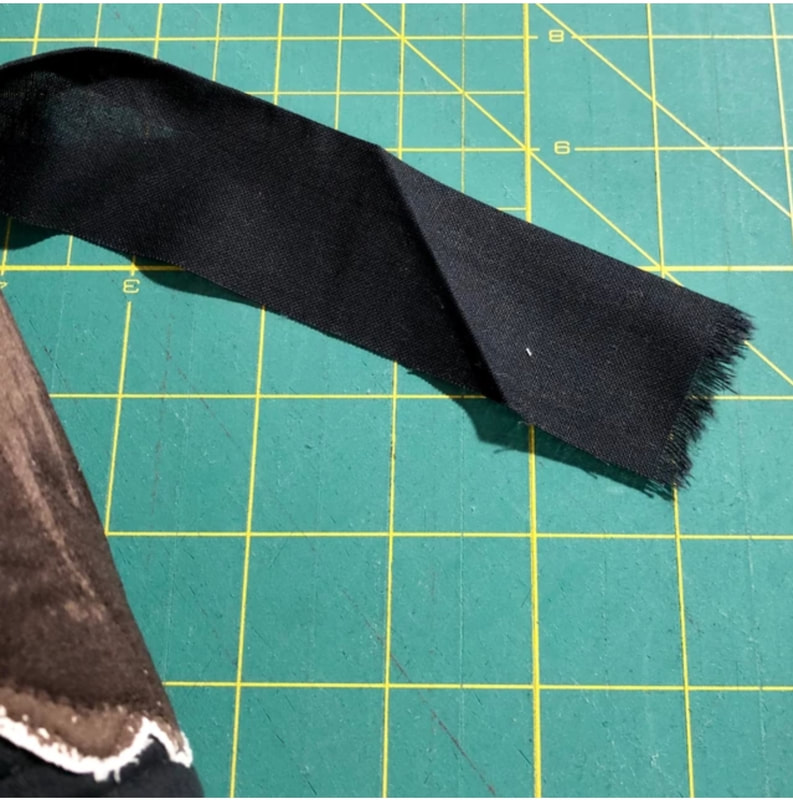
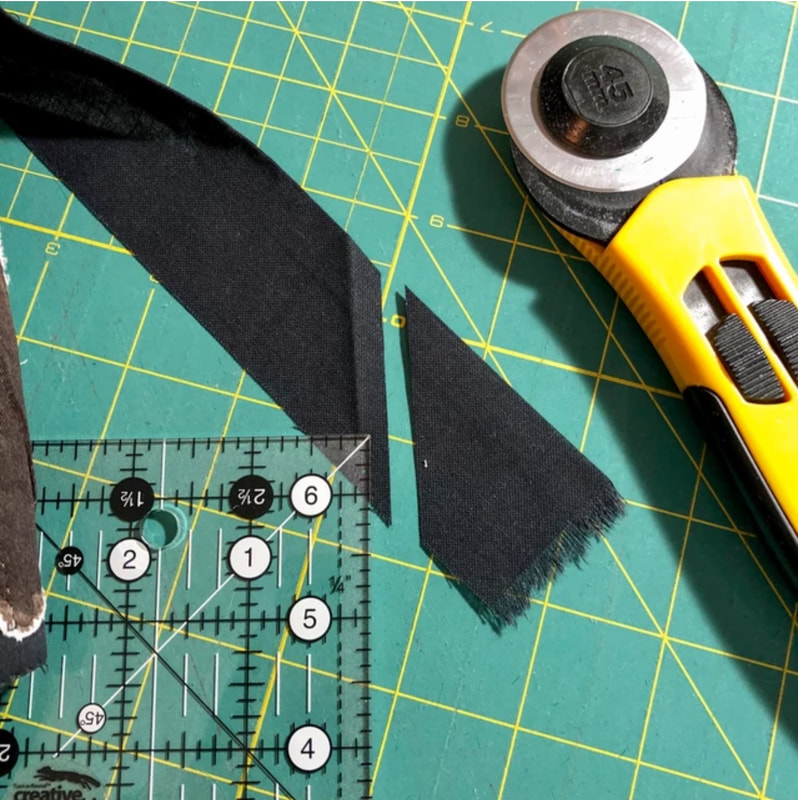
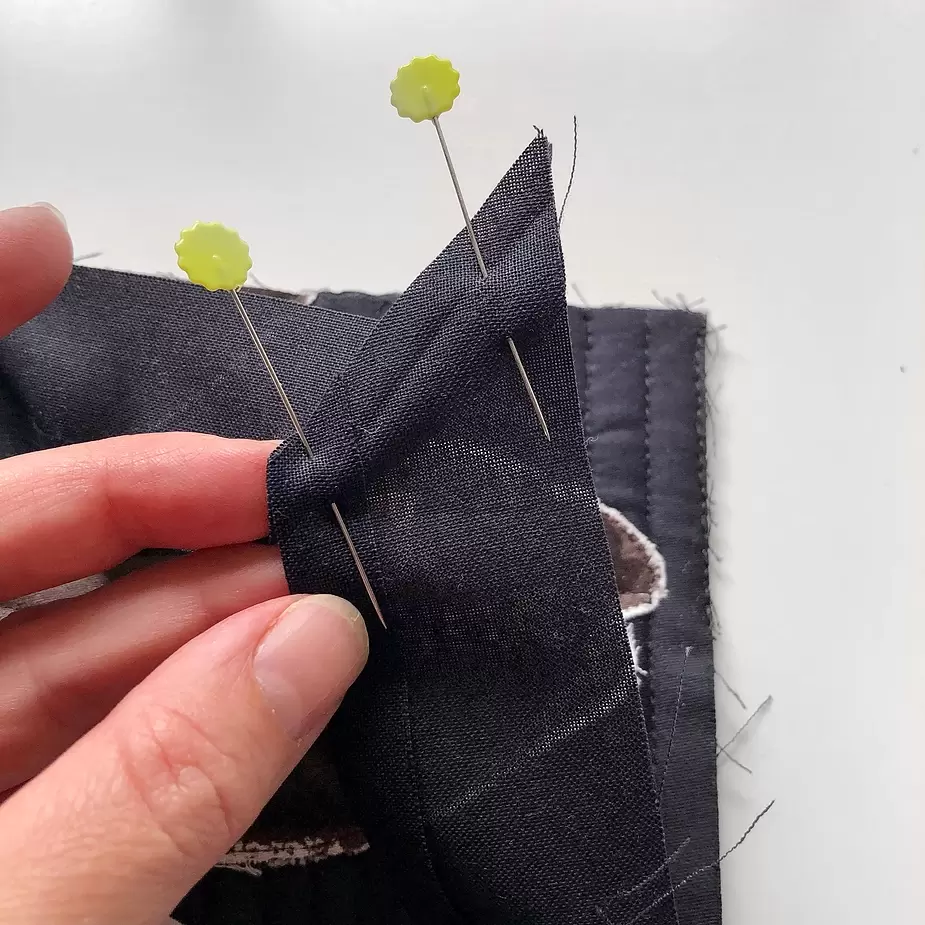
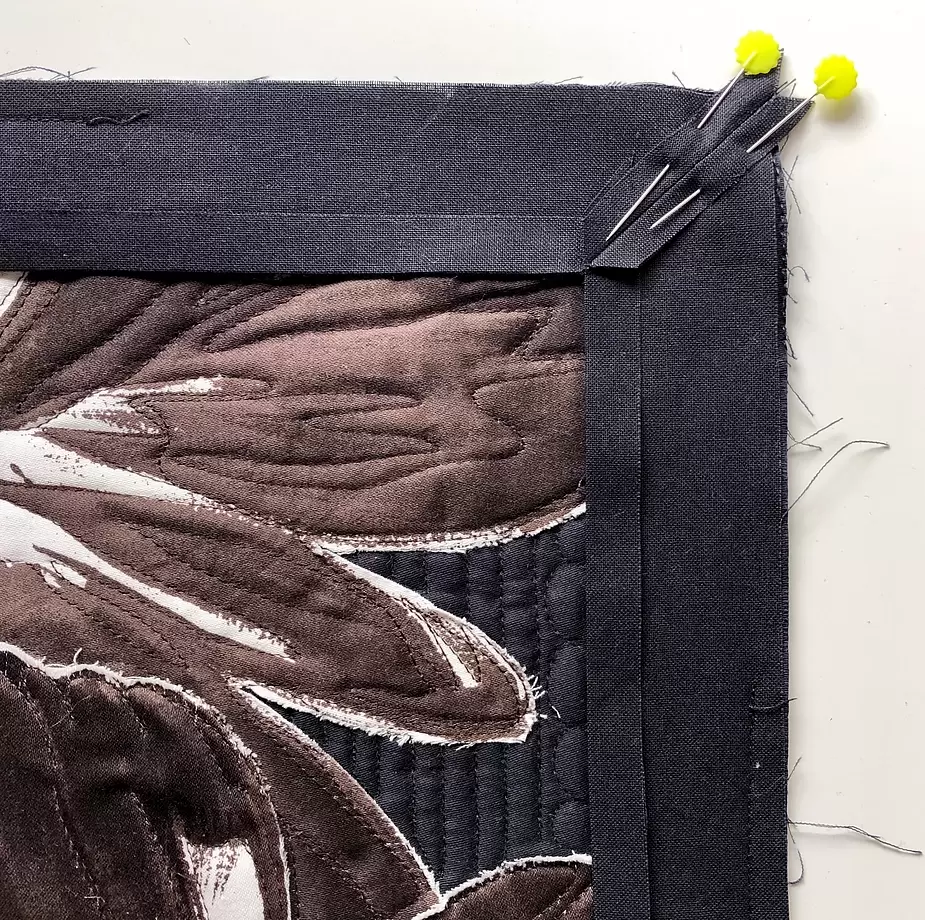
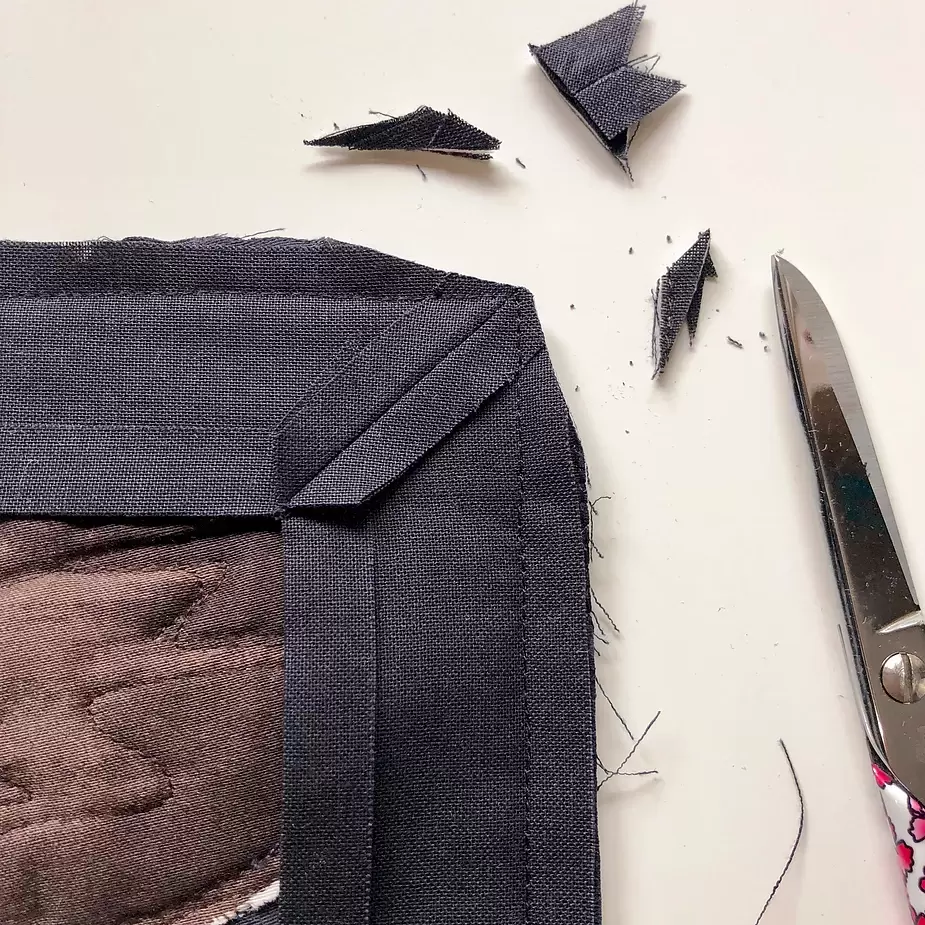
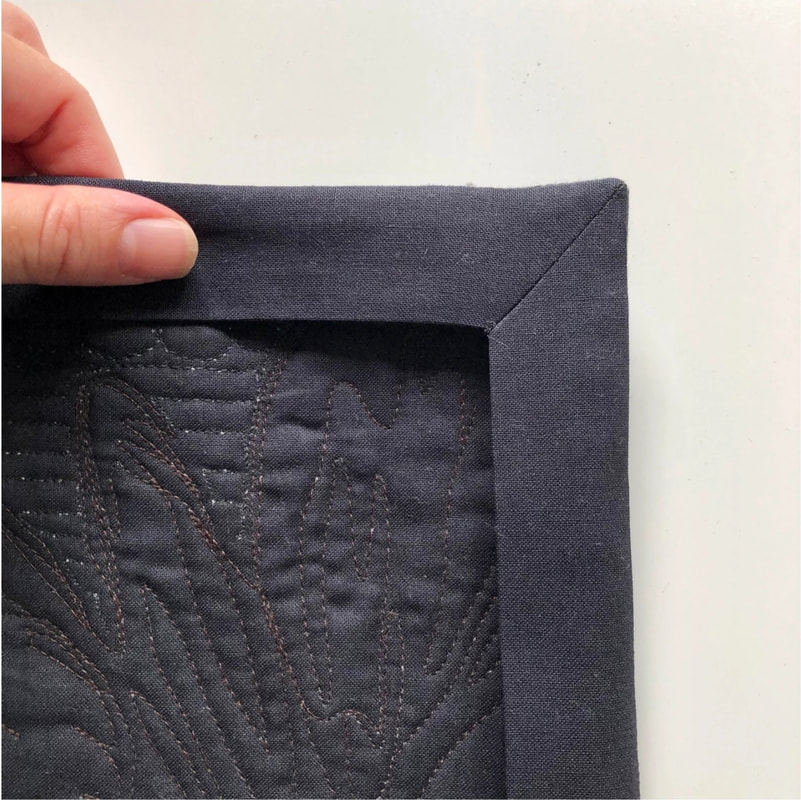
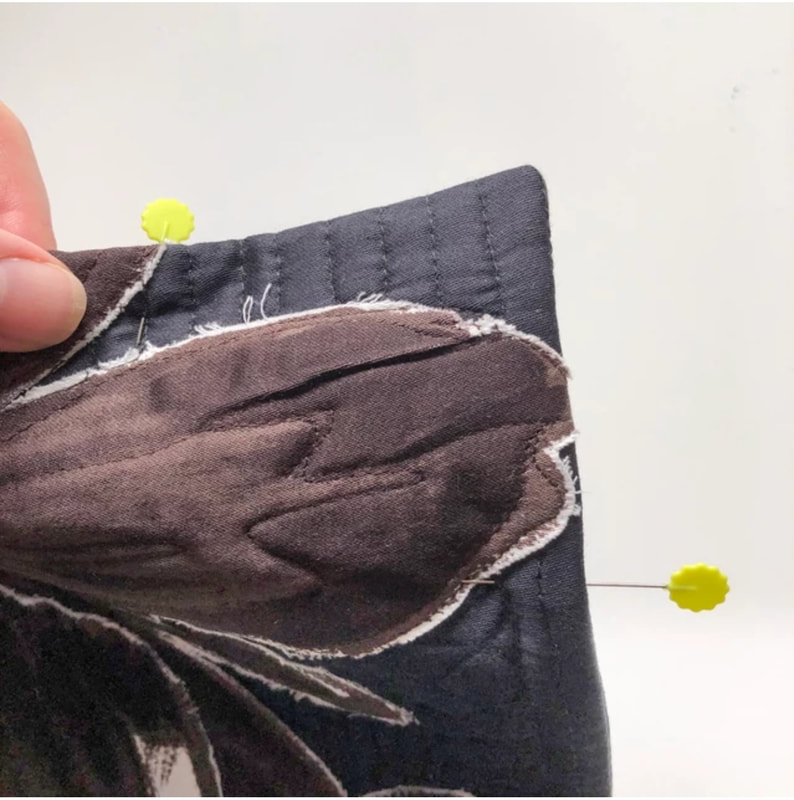
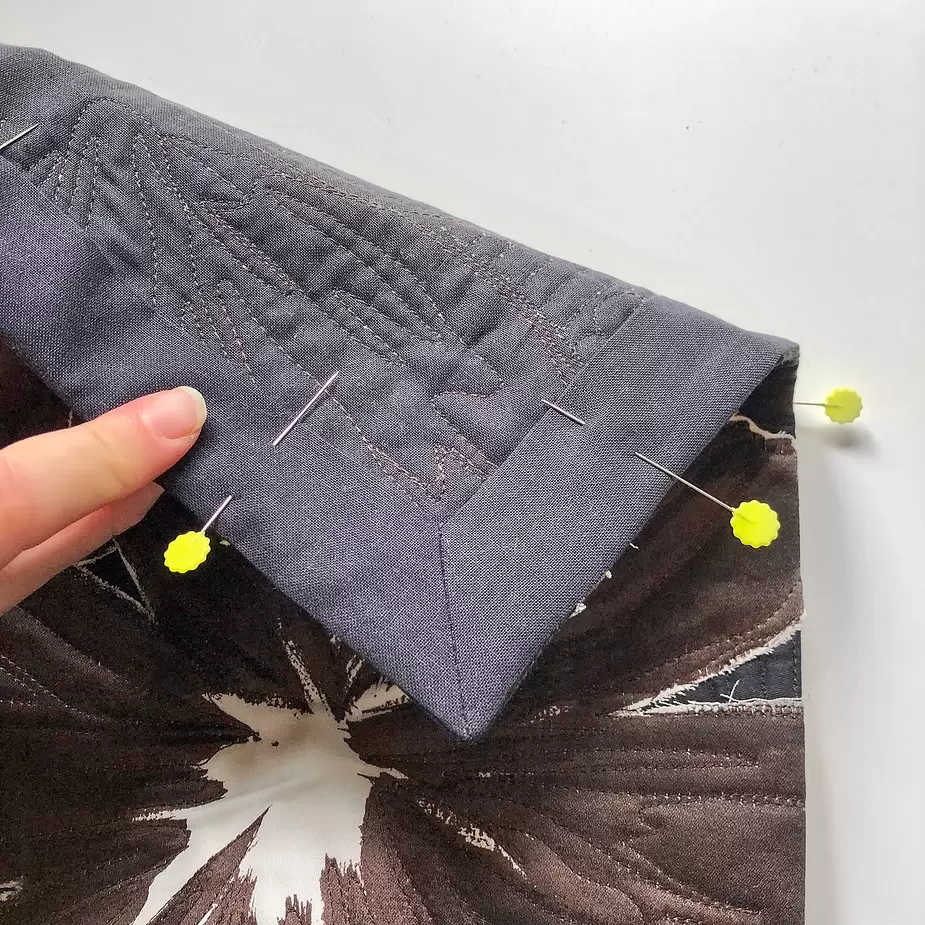
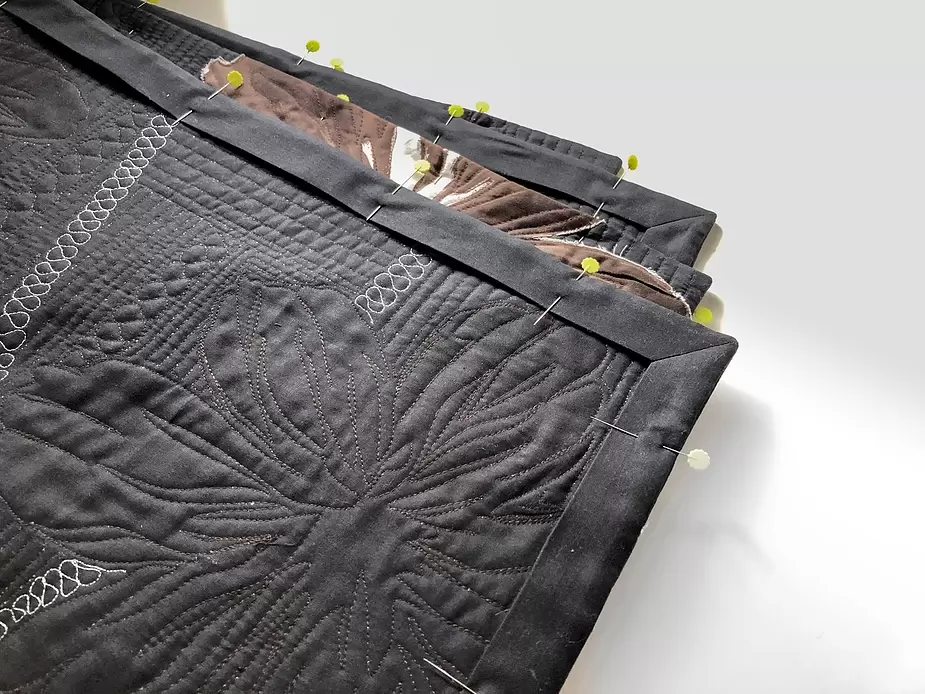
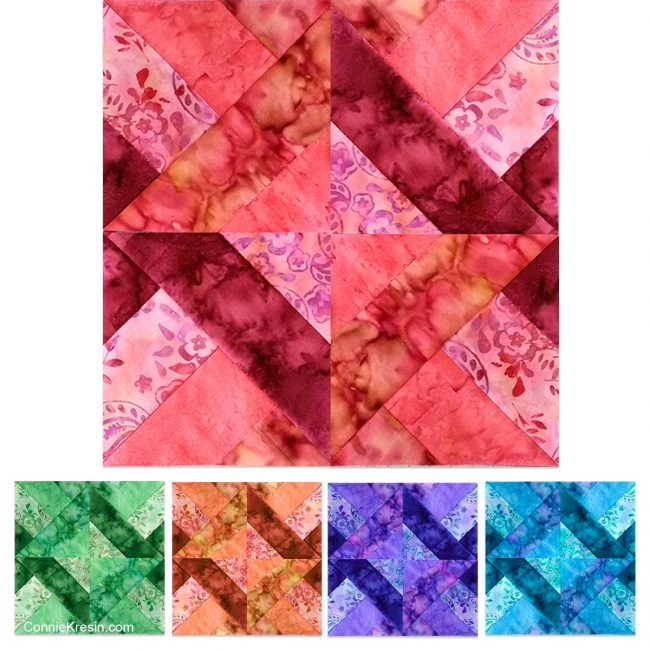
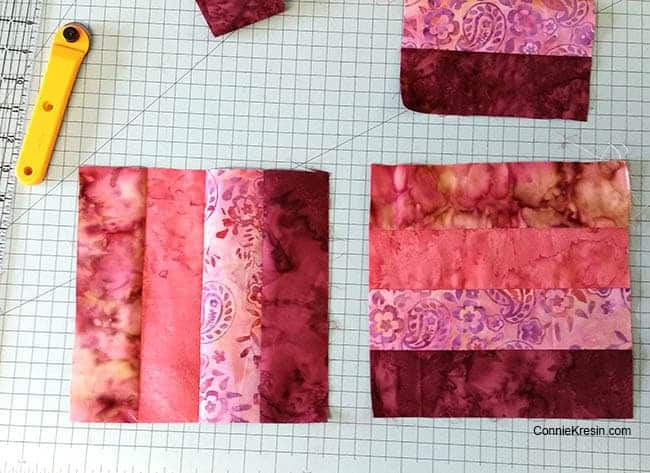
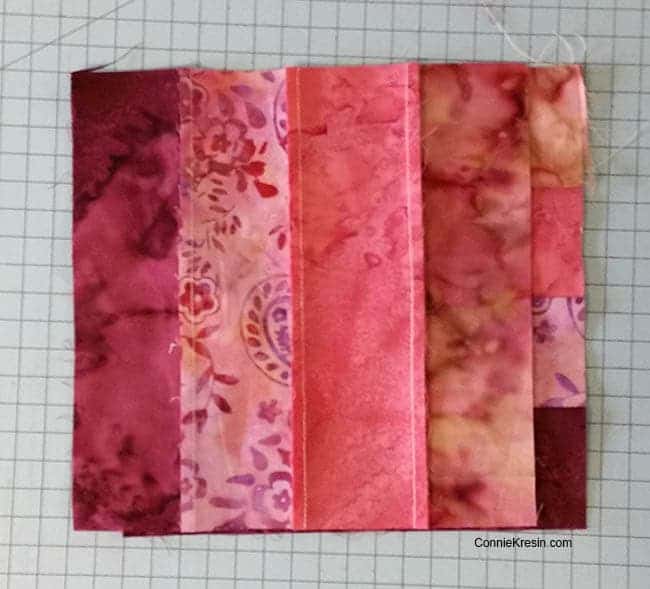
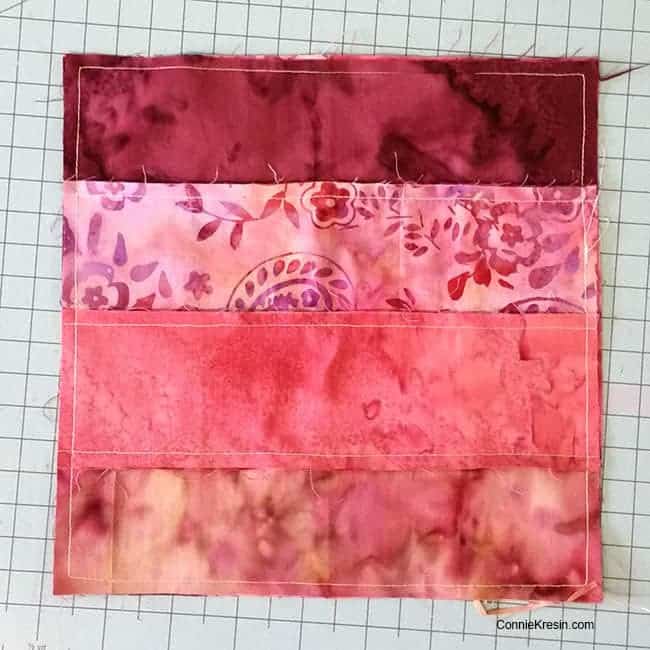
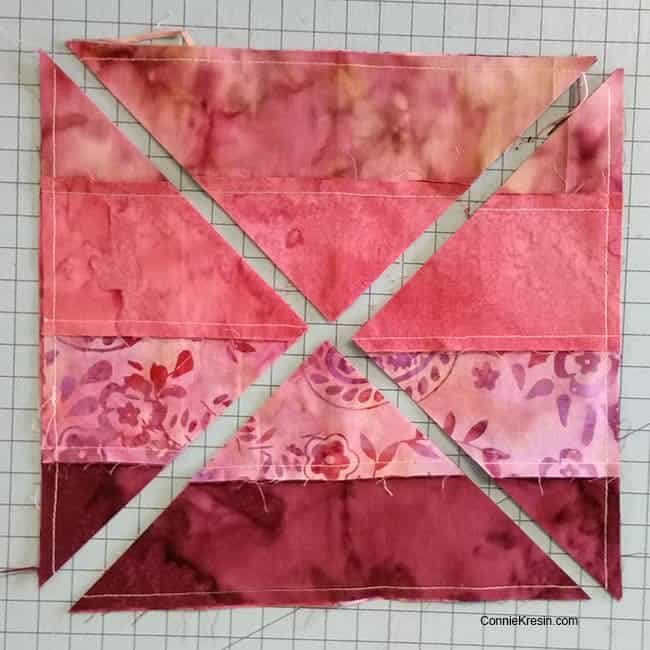
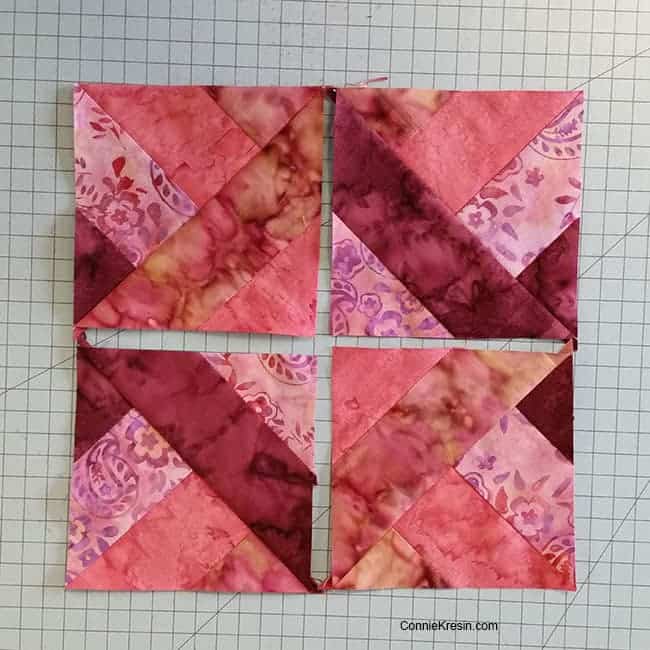

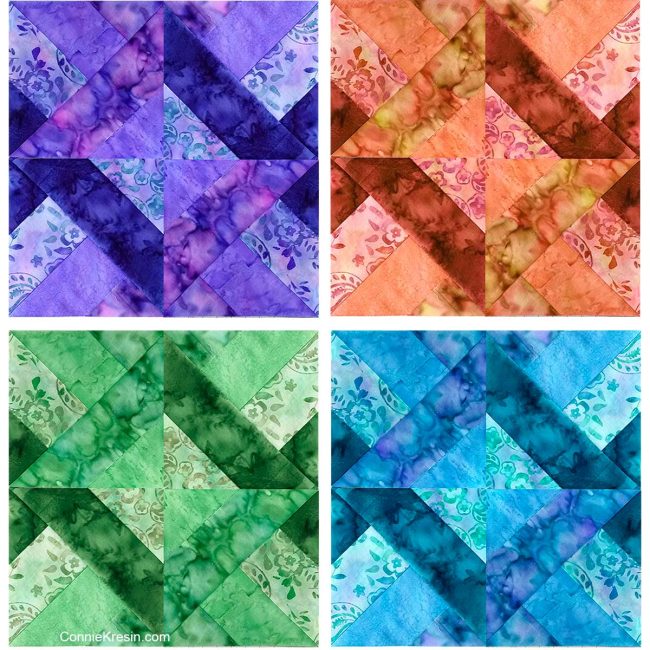
 RSS Feed
RSS Feed
